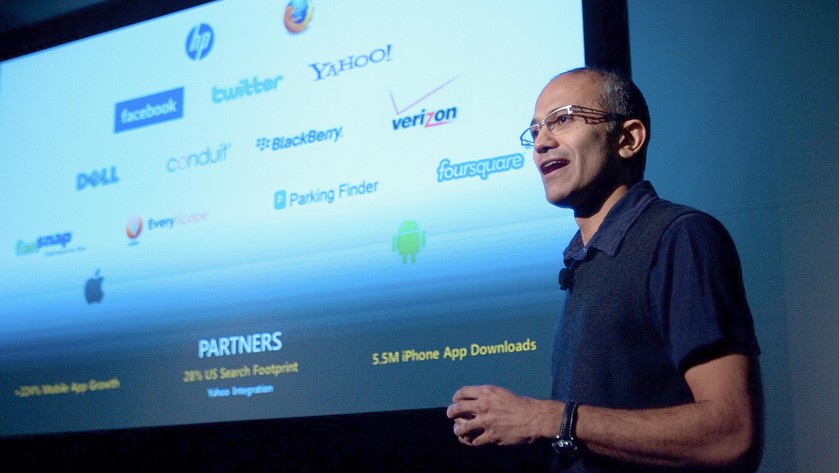There is more Apple in Microsoft than meets the eye

This is by no means a literal expression, Apple and Microsoft are hardly alike, at least for the moment. Yet, the new leadership under Satya Nadella has brought about changes that will continue to generate ripples, shaking the quiet waters of traditional thinking in regard to what Microsoft has done for the past 40 years.
CTO of Microsoft’s Azure Cloud platform, Mark Russinovich, has made some interesting observations that inspired attendees at the annual developer conference ChefConf, to think that someday, Microsoft Windows could become open source, in a similar way as Mac OS X is.
As shocking as it may seem, this isn’t entirely far-fetched, and there is a solid reasoning behind it, that most software purists have missed: Microsoft is putting more effort than ever, in hardware.
Microsoft has always been, in many ways, a manufacturer of devices. In a sense, Microsoft Windows was always meant to be a bit like OS X: built to work with devices, in the simplest, most intuitive way.
While everyone is worrying about how licensing and support will affect Windows 10 users, a far greater change is on the horizon, at least according to empirical observation of the nature of Windows 10.
While every Windows version up to Windows 8.1 was designed for specific architectures, Windows 10 is built for all devices, in such a way that Microsoft won’t have to worry about platform fragmentation across devices.
Apple has pioneered the above concept from day one, which, as it turned out, was a very smart decision. That decision has allowed for the coming into existence of the iPhone, the iPad and Apple TV, three of Apple’s most iconic products.
Apple Mac OS X has always been open source at its core. The result is a platform that is constantly improved by feedback from motivated developers and testers.
What Microsoft has done with the Windows 10 Insiders program, is essentially a step in the same direction. To build great devices, Microsoft Windows 10 needs to be rock-solid, and the easiest way to achieve that goal, is to allow for independent development.
Mind you, Microsoft is still a company that needs to be profitable. However, Apple’s success has proven, time and time again, that focus on software alone, is not enough. This notion sits at the very base of the existence of Microsoft Surface, Windows Phone, and many more consumer products on which Microsoft’s success depends.
For this reason, it’s very plausible that Microsoft could become a consumer products household name, as much as Apple is, as long as the pressure of platform development sees relief. Once that takes place, the focus on design, user experience and features will be the center of attention, instead of bug-fixing and troubleshooting. This is something we are already seeing in Windows 10, in this early stage.